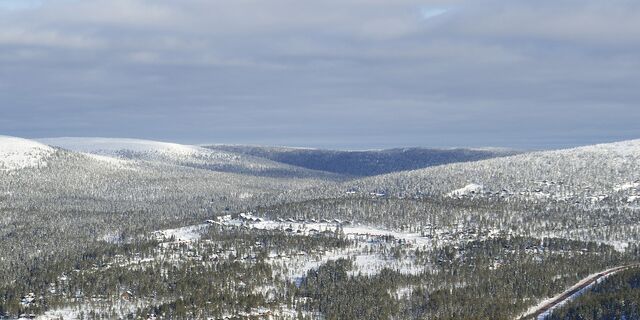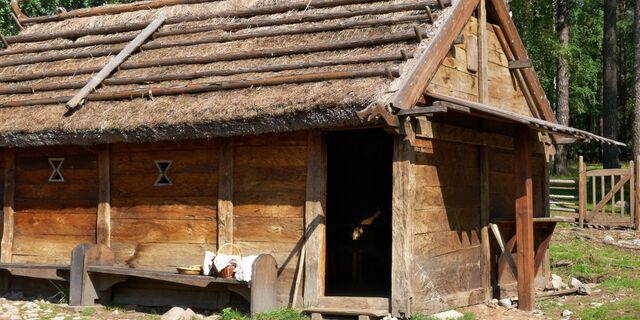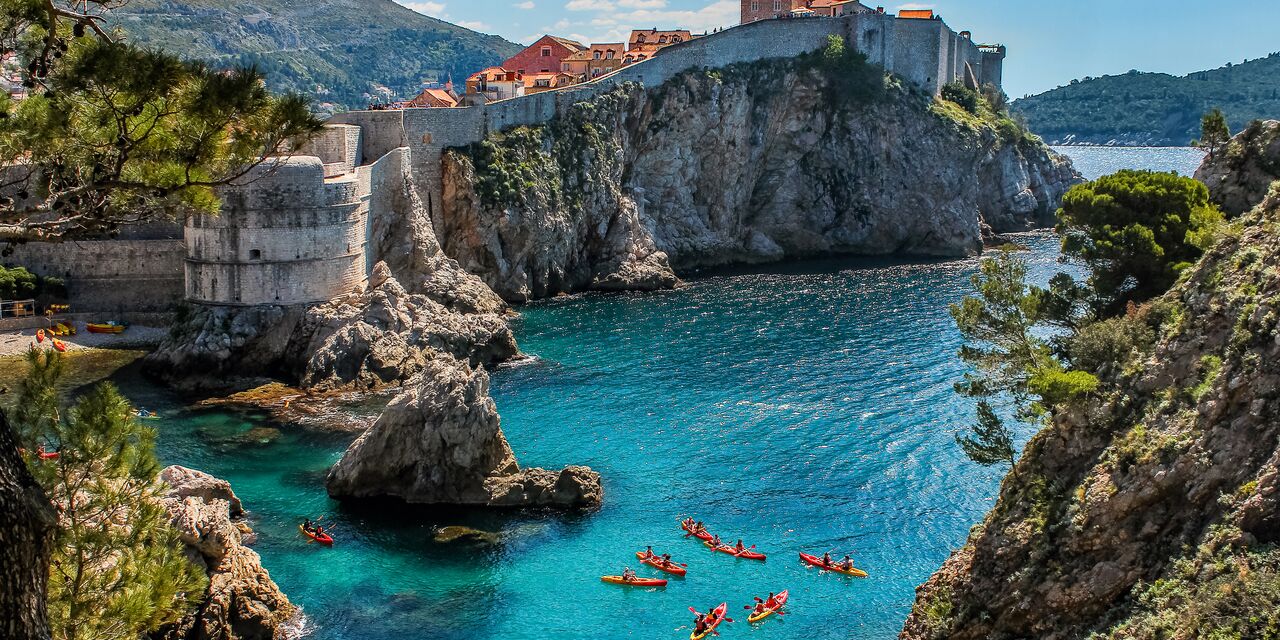Gamla Stan: the oldest part of Stockholm
What the ring of canals is for Amsterdam, Gamla Stan is for Stockholm: elegant and splendid, with colourful merchant’s homes, lovely squares and a majestic royal palace. Looking out from the rooftop, it is easy to see why Amsterdam is no match for Stockholm as the ‘Venice of the North’: this is genuinely a city on the water.


Selfie with a Stockholm palace guard
With no say in the matter, the guards of honour standing in front of the gates of Stockholm’s Slott are the frequent subject of a favourite Kodak moment. This is the oldest royal palace in the world that still serves as a royal palace and, with its 1,430 rooms, is also one of the largest in Europe. The changing of the guard, daily at 12:15 pm (Sundays at 13:15 pm), is an impressive sight. The military parade makes its way by horse or foot from the Army Museum through the old city to the palace.

The medieval centre: Stortorget
The medieval heart of Gamla Stan is Stortorget (the ‘Big Square’), which is surrounded by pastel-coloured merchants’ homes. This was where the famous bloodbath of Stockholm took place in 1520, when close to 100 aristocrats were executed. Nowadays, hip Swedes enjoy cafè lattes at the Kaffekoppen and Chokladkoppen outdoor cafés here. The old stock exchange building houses the Nobel Museum, with its modern furnishings and high-tech displays. Here you can watch films on all Nobel prize-winners, a complete moving Nobel encyclopaedia and display cases that exhibit the most famous invention of Stockholm native Alfred Nobel: dynamite.

Resting place of kings and queens
The Riddarholmskyrkan is located on the adjacent Riddarsholmen, ‘Knight Island’. This royal church is not often visited by tourists, even though it is one of the oldest buildings in the city. Sections of it date back to the 13th century, when it was built by Franciscan friars. Perhaps even more importantly, it is the final resting place of virtually every Swedish monarch since the 17th century. The brick church itself is Gothic, and eye-catching features include an openwork cast-iron steeple and Baroque burial chapel. Guided tours are offered daily in English at 2:00 pm.
Discover other destinations in Europe
*The displayed prices are for one adult. All amounts are in USD. Taxes and surcharges are included. No booking fee is applicable. Prices shown may vary depending on fare availability.
The weather forecast information is provided by World Weather Online. Air France-KLM is not responsible for the reliability of this data.


















